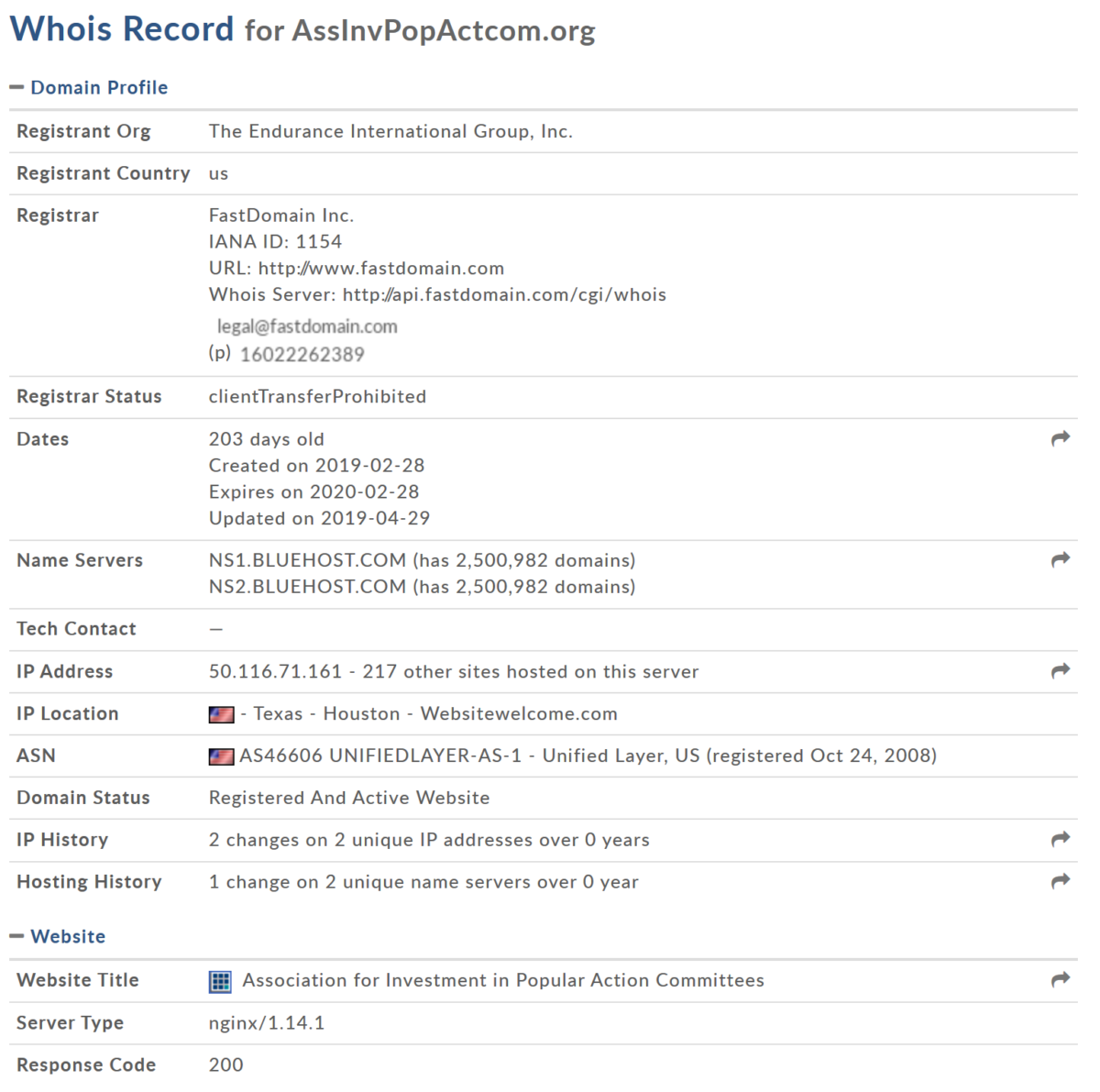
Evidence gatheringĭepending on the listing configuration, some marketplaces (such as eBay) publicly display the quantity of items in stock and/or sold for each listing. For instance: a reverse IP search can lead to additional websites controlled by the same entity a search based on an email address or phone number can lead to other accounts held by the target on different marketplaces the analysis of the social media connections of the main actors involved can reveal links with potential suppliers or clients. The systematic investigation of each piece of information collected on the infringer often leads to the identification of further linked accounts.
#BELLINGCAT ONLINE TOOLKIT REGISTRATION#
If our investigation leads to a company as the main entity running the infringing activities, consulting these records can help verifying the business registration details, identifying the main actors, establishing whether a company is solvent and often uncovering further registered legal entities controlled by the same directors. In many jurisdictions, company registers are partially or entirely public, allowing for queries to be conducted based on names, addresses or business registration numbers. In certain jurisdictions, the use of public records such as electoral rolls can also confirm whether our subject of interest resides at a given address. Furthermore, the simple use of tools such as google maps can help establishing whether an address is residential in nature (with the prospect of sending a C&D letter, for example) or else if it has the potential to host a large stock of goods (possibly leading to a Law Enforcement raid).

Similarly, an investigation with open-source intelligence can help uncovering the location of a business, which is a key element in the context of off-line enforcement of brand protection. Each piece of information is then checked via google searches and queries on dedicated databases, often leading to the disclosure of the entity running the accounts. The starting point of the investigation is often a test purchase which allows to gather crucial information (such as email addresses, payment accounts and a return address) in addition to the details publicly available online. An open-source investigation can help uncovering the identity of these traders. Infringers who are knowingly trading in counterfeit goods online often use fake personal information or anonymous accounts. Open-source intelligence can be applied to a number of fields, from military to investigative journalism, from academic research to business development.īrand Protection is no exception, as open-source intelligence can help in a number of ways, including: Attribution To illustrate the importance and the enormous potential of this field, one can hardly find a better example than Bellingcat, an independent collective of researchers, investigators and journalists that shed light on a number of high-profile conflicts, crimes and human rights abuses through the innovative use of open-source investigations (if you do not know it yet, you really should have a look at their amazing work: ).

Open-source intelligence is a dynamic discipline that moves fast: despite its young age, its value has been increasingly recognised by Governments, media and private enterprises as a means to collect valuable intelligence. To mark World Anti-Counterfeiting Day, we’ve decided to share some insights on how brands can leverage OSINT to combat the growing issue of counterfeiting in the digital age.Īlthough the origins of open-source intelligence (i.e.: the collection and analysis of information gathered from open sources) can be traced to at least 80 years ago, there is no doubt that the development of OSINT as we know it was only possible due to the staggering growth of the internet over the past 30 years and the subsequent wide availability of data.


 0 kommentar(er)
0 kommentar(er)
